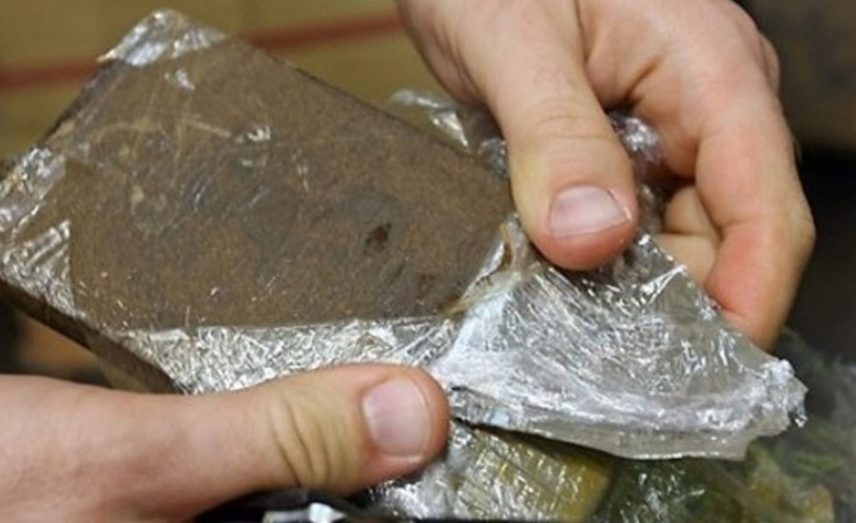Coinciding with the regime’s prevention of basic food and fuel supplies entering the eastern Damascus Ghouta, the trafficking of drugs from loyalist areas has become rampant, in what residents consider to be a deliberate attempt by the Assad regime and Hezbollah try to disrupt the community.
The Barzeh district of Damascus is the one open entry point which connects the eastern Ghouta with the capital. The district has been subjected to a truce agreement for three years between opposition groups and regime forces, and is open on the route extending from the entrance of the Tishreen district under opposition control until the entrance of Ash al-Warood under the regime, which is a long distance where the movement of civilians cannot be regulated. The Barzeh district is not homogenous, and includes people from every region, from Daraa to Hassakeh, making it easier to penetrate, according to activists in the area.
The head of the Al-Hayat hospital in the Al-Qabun district, Dr. Nazar al-Madani, told Souriatna that the doctors “played a large part in the increase of the number of drug addicts in the Ghouta and Damascus areas under opposition control, especially those doctors that would prescribe painkillers for the slightest reason, which contain high doses of drugs like Obarval which can turn into addiction if used excessively and without moderation. At that point the person turns to using non-prescribed drugs, and then the treatment becomes harder — indeed, it could end in death.”
Madani added: “The number of wounded people is high in the Ghouta. A portion of them have become addicted to painkillers, and some of them have resorted to using weapons to threaten people to obtain them from hospitals or medical points.”
Media activist Ahmed al-Shami said that the Barzeh district “had become a center for drug trafficking and a center for transporting them to the Eastern Ghouta. Regime forces and their militias have worked to bring in drugs of all sorts, from painkillers to heroin, cocaine and hashish.”
The security office in Barzeh has made a number of arrests in cases of dealing and distribution in which the suspects had admitted to working directly with offices in the regime forces, who depended on children and women through integrated networks to traffic the drugs. A portion of them have carried out distribution in Damascus neighborhoods under opposition control and another in the eastern Ghouta.
The Lebanese group Hezbollah is one of the parties participating in the distribution of narcotics, especially given its known international role in drug trafficking. The Hezbollah network from the capital Damascus through the known points and centers has begun to hand out painkillers for free, and then begins to deal in other drugs after an individual reaches the point of addiction and is ready to pay any amount.
Teenagers are primary target
Hezbollah pursues the same tactic in the Barzeh district, but in a more dangerous way. The group works through a network which deals it inside the district to bring in captagon and tramadol pills to give to children and teenagers for free. The second group involved in the trafficking process are regime officers, but the sophistication of their trade is not at the same level as Hezbollah, which works through organized networks. Regime officers tend to engage in the drugs trade in a personal capacity in the Republican Palace, headed by General Hamed Ali, who has his center in the the Mezzeh western villas. General Ali employs a series of distributors and targets the capital’s areas in their entirety, up to the regime’s own areas like the Mezzeh 86 district and Ash al-Warood district, where it sells with the aim of trading. This effort focuses in large part on the areas under opposition control to bring the trade in line with the interests of regime officers in destroying the opposition community.
This article was translated and edited by The Syrian Observer. Responsibility for the information and views set out in this article lies entirely with the author.


